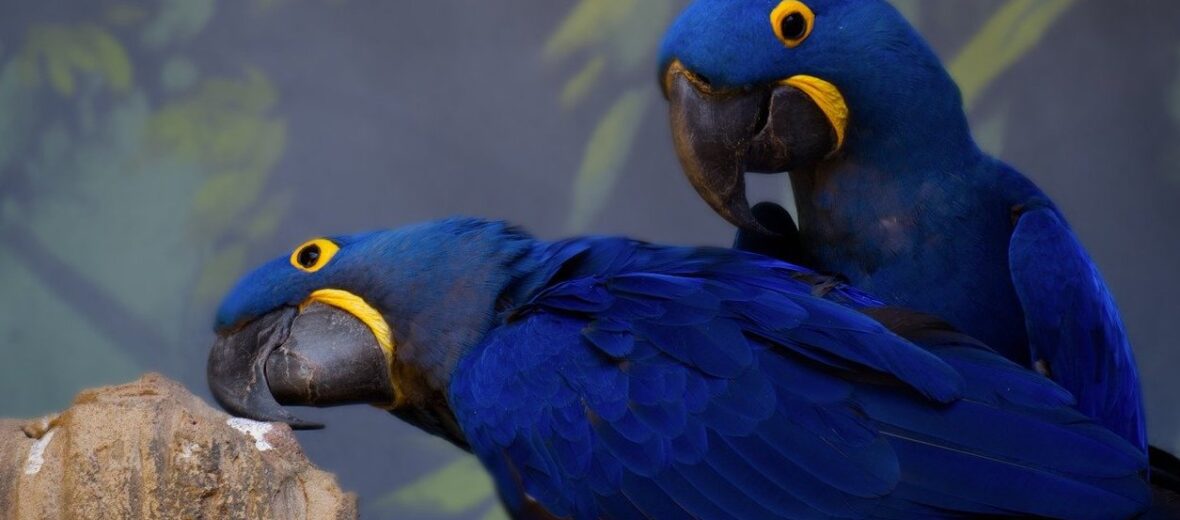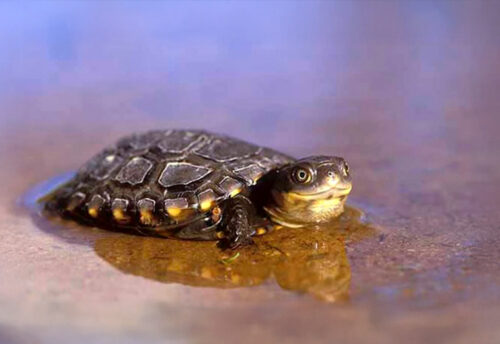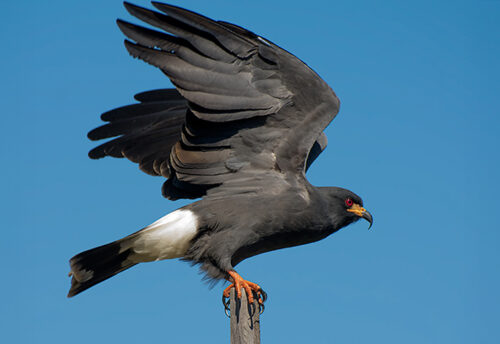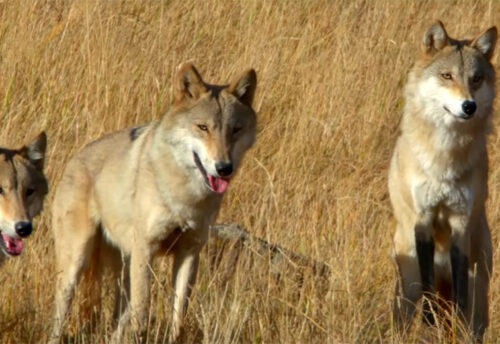
When it comes to parrots and especially macaws, it’s hard to compare with the beautiful hyacinth macaw, aka hyacinthine macaw. This macaw is a parrot native to central and eastern South America. It is my favorite macaw! The hyacinth macaw is sadly now classified as Extinct by the IUCN. This is due to over collecting for the pet trade, habitat destruction, and hunting.
First the Stats…
Scientific name: Anodorhynchus hyacinthinus
Weight: Up to 3.7 lbs.
Length: Up to 3.3 feet
Wingspan: Up to 4 feet
Lifespan: Up to 80 years
Now on to the Facts!
1.) Macaws are playful and inquisitive and are able to mimic human vocalizations very well.
2.) The majority of the macaw’s diet is Brazil nuts, from native palms, such as acuri and bocaiuva palms.
3.) The hyacinth macaw is the largest macaw and the largest flying parrot species.
4.) They have very strong beaks for eating the kernels of hard nuts and seeds. Their strong beaks are even able to crack coconuts, the large Brazil nut pods, and macadamia nuts.
5.) Limited tool use has been observed in both wild and captive hyacinth macaws. Reported sightings of tool use in wild parrots go as far back as 1863.
But wait, there’s more about the hyacinth macaw!
6.) Nesting takes place between July and December, with nests constructed in tree cavities or cliff faces depending on the habitat. In the Pantanal region, 90% of nests are constructed in the manduvi tree.
7.) The hyacinth macaw survives today in three main populations in South America: In the Pantanal region of Brazil, eastern Bolivia and northeastern Paraguay, and in the eastern Amazon Basin of Brazil.
Did you know…?
Macaws eat palm nuts only after the nuts have passed through the digestive system of a cow. Mmmm, yummy!
8.) Hyacinth macaws are also very even-tempered and can be calmer than other macaws, being known as “gentle giants”.
9.) Hyacinth macaws are monogamous (mate for life).
10.) Macaws are able to reach flight speeds of up to 35 mph.
Now a Short Hyacinth Macaw Video!
Want to suggest a critter for me to write about? Let me know here.



